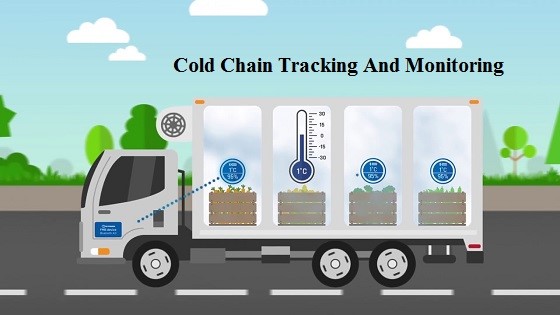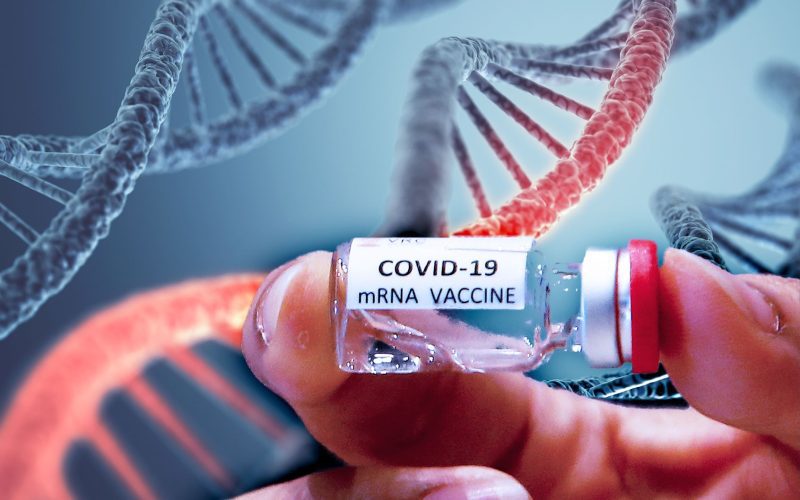The landscape of vaccine development and delivery has undergone transformative changes over recent years, driven by scientific innovation, technological advancements, and an urgent global need accentuated by the COVID-19 pandemic. This article delves into the latest progress in vaccine development and delivery, highlighting key areas such as mRNA technology, nanotechnology, cold chain logistics, and global distribution strategies.
mRNA Technology: A Paradigm Shift
One of the most groundbreaking advancements in recent vaccine development is the application of messenger RNA (mRNA) technology. Unlike traditional vaccines, which often use weakened or inactivated forms of viruses, mRNA vaccines employ synthesized genetic material to instruct cells to produce a protein that triggers an immune response. This approach has several advantages:
- Speed of Development: mRNA vaccines can be developed more rapidly than traditional vaccines. The swift creation of the Pfizer-BioNTech and Moderna COVID-19 vaccines exemplifies this advantage, with both vaccines reaching emergency use authorization within a year of the virus’s genome being sequenced.
- Adaptability: mRNA technology allows for quick updates to vaccines in response to emerging variants. This adaptability is crucial in managing diseases with high mutation rates, such as influenza and coronaviruses.
- Safety and Efficacy: Clinical trials have demonstrated that mRNA vaccines are both safe and highly effective, offering robust protection with relatively few side effects.
Nanotechnology: Enhancing Vaccine Delivery
Nanotechnology is another frontier that has significantly impacted vaccine development and delivery. Nanoparticles can be engineered to improve the stability, delivery, and efficacy of vaccines. Key benefits include:
- Targeted Delivery: Nanoparticles can be designed to target specific cells or tissues, enhancing the immune response and reducing the required dosage.
- Stability: Encapsulating vaccine components in nanoparticles can protect them from degradation, increasing shelf life and reducing the need for stringent cold chain requirements.
- Adjuvant Properties: Nanoparticles can act as adjuvants, substances that enhance the body’s immune response to an antigen. This can potentially reduce the number of doses required to achieve immunity.
Cold Chain Logistics: Overcoming Temperature Sensitivity
The distribution of vaccines, particularly those requiring cold storage, presents significant logistical challenges. Advances in cold chain logistics are essential to ensure that vaccines remain effective until they reach the end user. Recent innovations include:
- Ultra-cold Storage Solutions: The development of portable ultra-cold freezers has been crucial for the distribution of mRNA vaccines, which require storage at temperatures as low as -70°C.
- Temperature Monitoring: Advanced temperature monitoring systems ensure that vaccines are stored and transported within the required temperature ranges, minimizing the risk of spoilage.
- Alternative Stabilization Methods: Research into freeze-drying and other stabilization techniques aims to reduce the dependency on cold storage by developing formulations that remain stable at higher temperatures.

Global Distribution Strategies: Ensuring Equitable Access
Achieving global immunization requires not only technological advancements but also strategic planning and international cooperation. Key strategies to enhance global vaccine distribution include:
- COVAX Initiative: The COVAX initiative, co-led by Gavi, the Coalition for Epidemic Preparedness Innovations (CEPI), and the World Health Organization (WHO), aims to ensure equitable access to COVID-19 vaccines. By pooling resources and negotiating with manufacturers, COVAX has facilitated the distribution of vaccines to low- and middle-income countries.
- Public-Private Partnerships: Collaborations between governments, non-governmental organizations, and private companies have been instrumental in scaling up production and distribution. These partnerships leverage the strengths of each sector to overcome logistical and financial barriers.
- Local Manufacturing: Building vaccine manufacturing capabilities in developing countries can reduce dependency on imports and improve response times during outbreaks. Initiatives to transfer technology and expertise are crucial for establishing local production facilities.
Future Directions: Personalized Vaccines and Beyond
The future of vaccine development and delivery is poised to benefit from ongoing research and technological advancements. Emerging trends include:
- Personalized Vaccines: Advances in genomics and bioinformatics are paving the way for personalized vaccines tailored to an individual’s genetic makeup. This approach could enhance efficacy and reduce adverse reactions.
- Universal Vaccines: Research is underway to develop universal vaccines that provide broad protection against multiple strains of a virus, such as a universal influenza vaccine. Such vaccines could simplify immunization programs and improve preparedness for pandemics.
- Oral and Inhalable Vaccines: Developing vaccines that can be administered orally or via inhalation could simplify distribution and improve compliance, particularly in resource-limited settings.
Conclusion
The field of vaccine development and delivery is rapidly evolving, driven by innovations in mRNA technology, nanotechnology, cold chain logistics, and global distribution strategies. These advancements hold the promise of more effective, accessible, and equitable immunization programs worldwide. As researchers and policymakers continue to collaborate, the future of vaccination looks increasingly bright, offering hope for better management of both existing and emerging infectious diseases.












